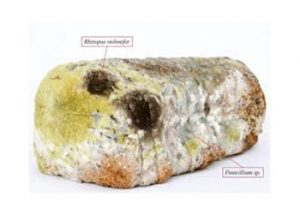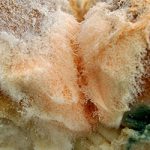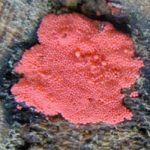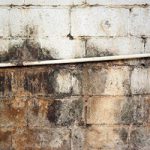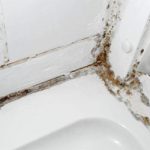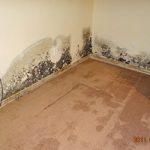Yellow Mold Facts – Oftentimes, we find mold growing rapidly around us. From food to walls, we can find molds almost everywhere. It is important to know more about molds to prevent their growth and remove it if they already grow in your house area.
There are a lot of mold types you can find on many surfaces within your house area. One among those types is the yellowish one or better known as yellow mold. This mold often grows on various things, from grass clippings, wooden surfaces, or even bathroom walls and ceiling.
However, compared to other mold types, yellow mold actually is not really common to grow within a building. Most of the time, you can find them outside your house, usually around the garden.
Because it is relatively uncommon, many people do not have a lot of knowledge about yellow mold. You can find a lot of misconceptions and twisted facts about the danger and general characteristics of yellow mold. Thus, understanding the correct yellow mold facts is very important, especially if you are now facing one.
So, let’s start with the definition. This mold is better known as slime mold due to the looks of its colony that resemble slime if you see it briefly from afar. The bigger colony of yellow mold shows the real growth of fungi heads most of the time, which resembles the looks of tiny mushrooms.
Some of the mold types that are able to generate a yellowish color are Serpula lacrymans, Aspergillus, and Meruliporia incrassata. The most common one is Aspergillus. This type of mold can grow almost anywhere, from foods, wooden surfaces, and even tiles.
If you have wooden furniture, Serpula lacrymans may be the one that you see the most, both inside and outside the building. While both types are not very dangerous to our health, Meruliporia incrassate is often considered as the toxic one.

Another yellow mold fact that often mistaken by people is the fact that this mold is not as toxic as what people think. As long as you have a great immune system, the existence of yellow mold in crawl space or in your house will not affect your health.
It may become a health risk if you have vulnerable groups living with you, such as infants, people with the compromised immune system,s or impaired respiratory system. Yellow mold on the soil is also a pretty common occurrence in your garden.
However, this type of mold can actually be beneficial to your plants. This saprophytes helps to break down the dead and decaying organic content in the soil, which will help your plants to grow better.
See also Some of the Orange Mold Facts That You Need to Know
Other than on soil, you can also find yellow mold on food. The most common occurrence is on bread.
Bread is generally a good place for any types of fungi to grow due to its nutritious nature, especially the fermented ones. The most common types of yellow mold on bread is Aspergillum. This mold has a fuzzy looks, often located both inside and top of the bread. It sometimes give more than one color. The smell of your bread will change once the bigger colony is established.
Other locations where yellow mold often grow is compost heaps, mulch, and grass clipping. Yellow mold on mulch almost looks like animal vomit or feces due to its slimy and yellowish looks. While the looks do not give a good impression, it is actually quite harmless for both plants and humans. You can simply rake it if you dislike the looks of it.
The bathroom is another common place for yellow mold to grow due to its damp nature. The bathroom often have many residue of dirt, shampoo, and soap, which are obviously a good source of nutrition for mold, including yellow mold. Yellow mold in the shower often appears near the sink, curtain, walls, vent, faucet, and even the floor and walls. You need to use some cleaning agents with anti-mold ingredients to get rid of them.
Those are some yellow mold facts you need to understand before dealing with one. Generally, yellow mold is not dangerous, despite one types of them can actually be toxic. Simply rake the mold and use anti-mold cleaning agents to remove it, especially the ones that occur inside your house.
